Tag: hinge
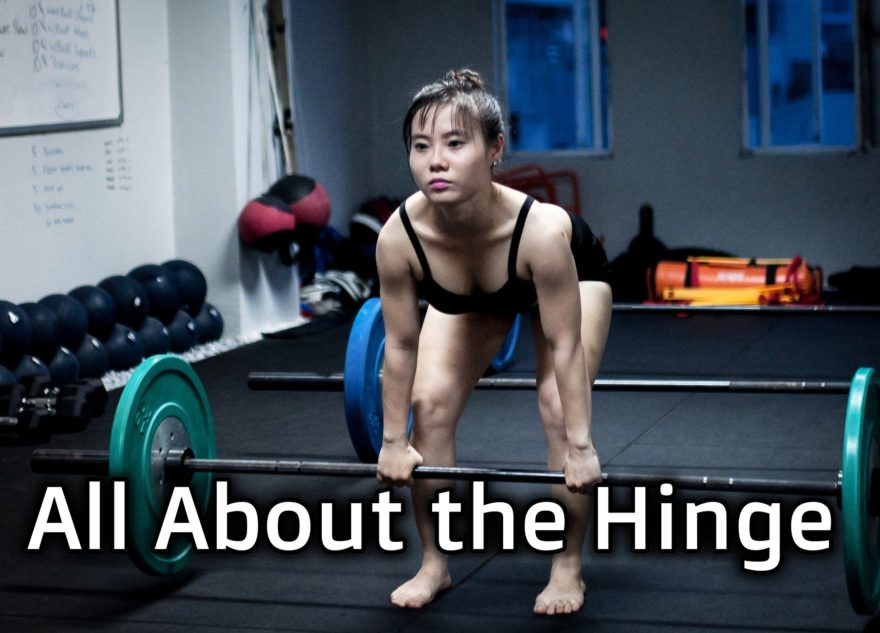
All About the Hinge
Hinging biomechanics, coaching, and programming Movement Debrief Episode 121 is in the books. Below is a copy of the video…

Assessing Compensatory Strategies
A deep dive into the practical application of respiratory mechanics When you deep dive into the biomechanics, it’s easy to…
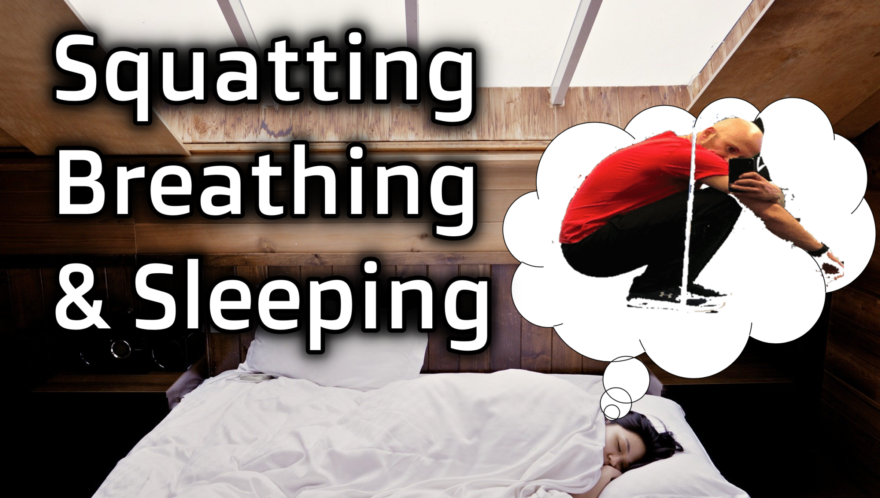
Squatting, Breathing, and Sleeping
What does squatting, breathing, and sleeping all have in common? The answer is airway management. In order to squat well,…
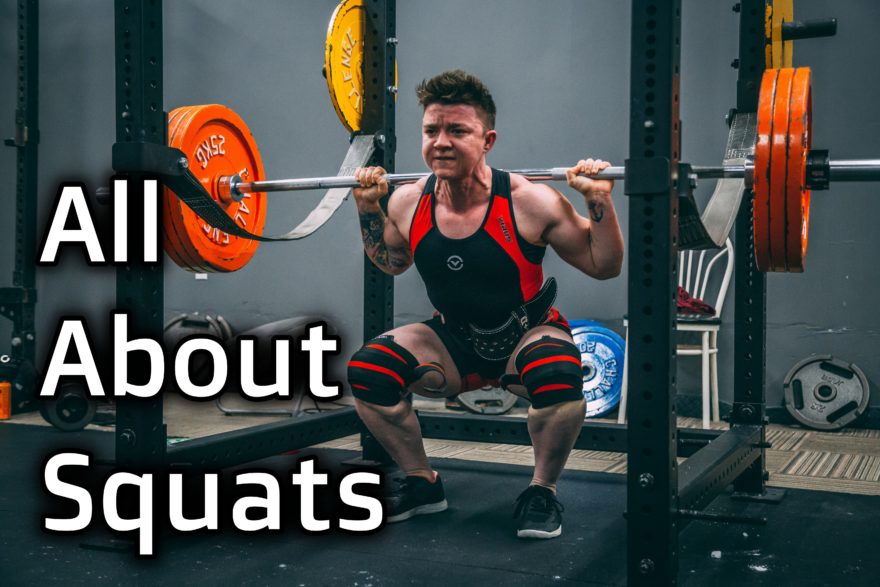
All About Squats – Movement Debrief Episode 112
Movement Debrief Episode 112 is in the books. Below is a copy of the video for your viewing pleasure, and…
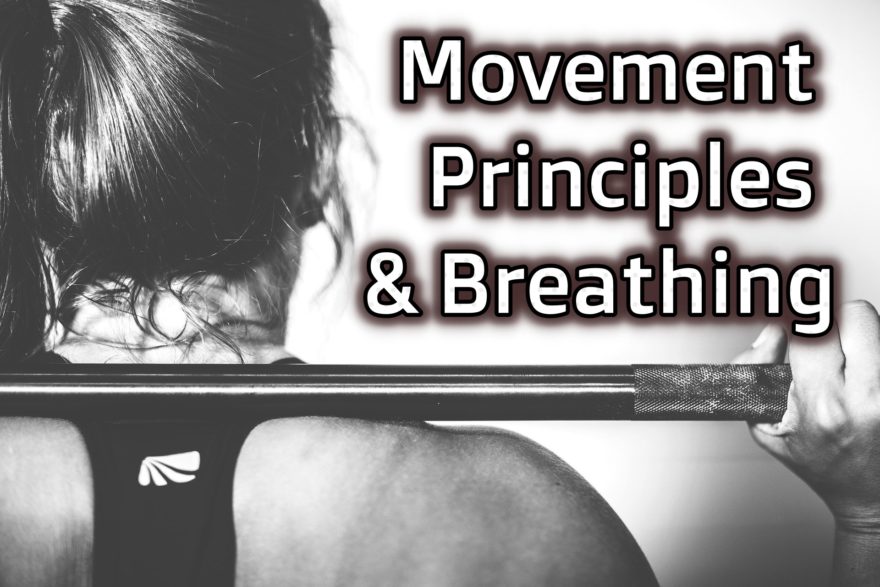
Movement Principles and Breathing
There are a lot of exercises to choose from, tons of methodologies to practice, and lots of areas to focus…
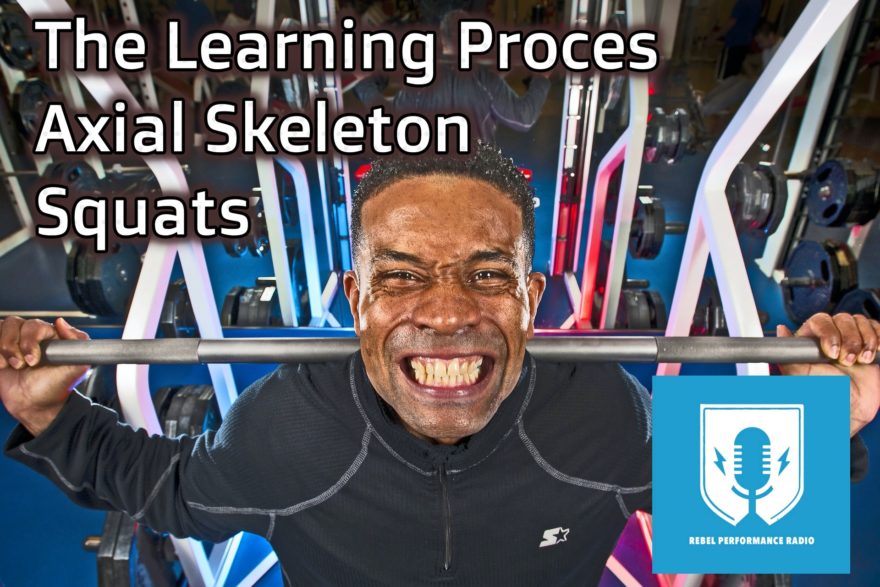
The Learning Process, The Axial Skeleton, and Squats – Rebel Performance Podcast
Are you struggling at structuring your learning? Or perhaps this whole inhalation and exhalation mechanics in regards to movement is…
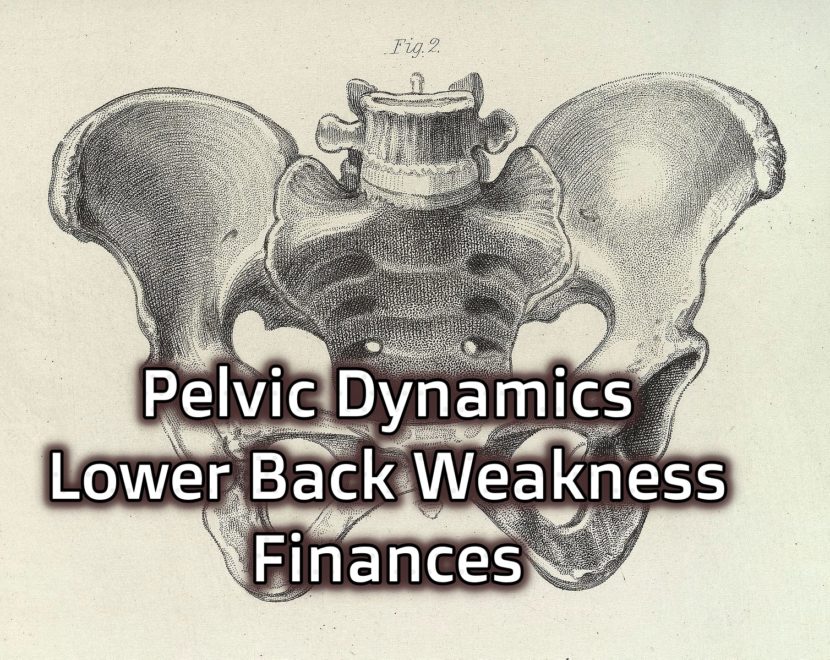
Pelvic Dynamics, Lower Back Weakness, and Finances – Movement Debrief Episode 103
Movement Debrief Episode 103 is in the books. Below is a copy of the video for your viewing pleasure, and…
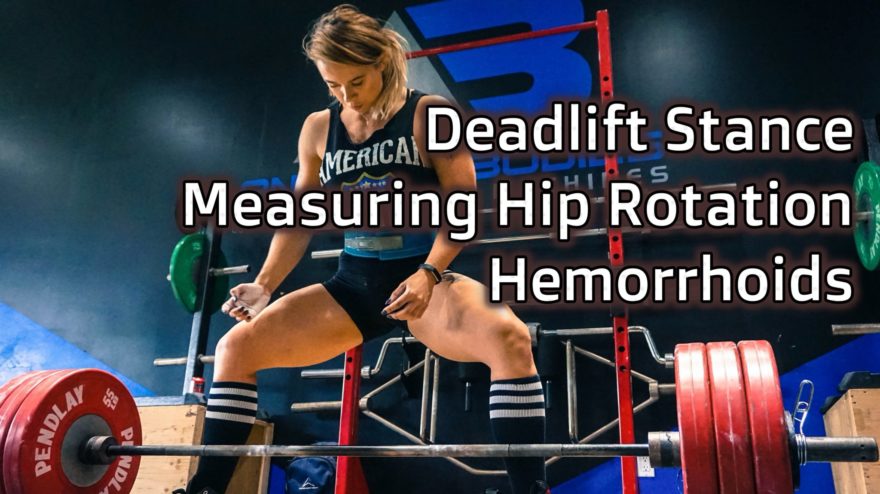
Deadlift Stance, Measuring Hip Rotation, and Hemorrhoids – Movement Debrief Episode 102
Movement Debrief Episode 102 is in the books. Below is a copy of the video for your viewing pleasure, and…
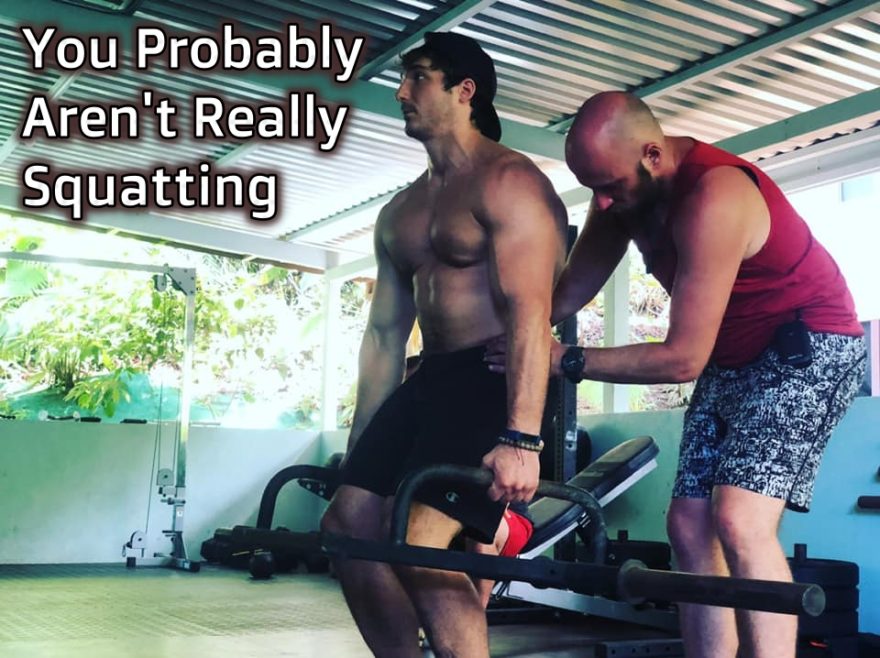
You Probably Aren’t Really Squatting
Can improving your movement options and all this breathing stuff help with muscle growth?This is the fundamental question that myself,…

June 2019 Links and Review
Every week, my newsletter subscribers get links to some of the goodies that I’ve come across on the internets. Here…

Top 10 Posts of 2018
At the end of each year, I like to see what you beautiful…sexy…outstanding people liked. What the fam….recognized (fam). This…
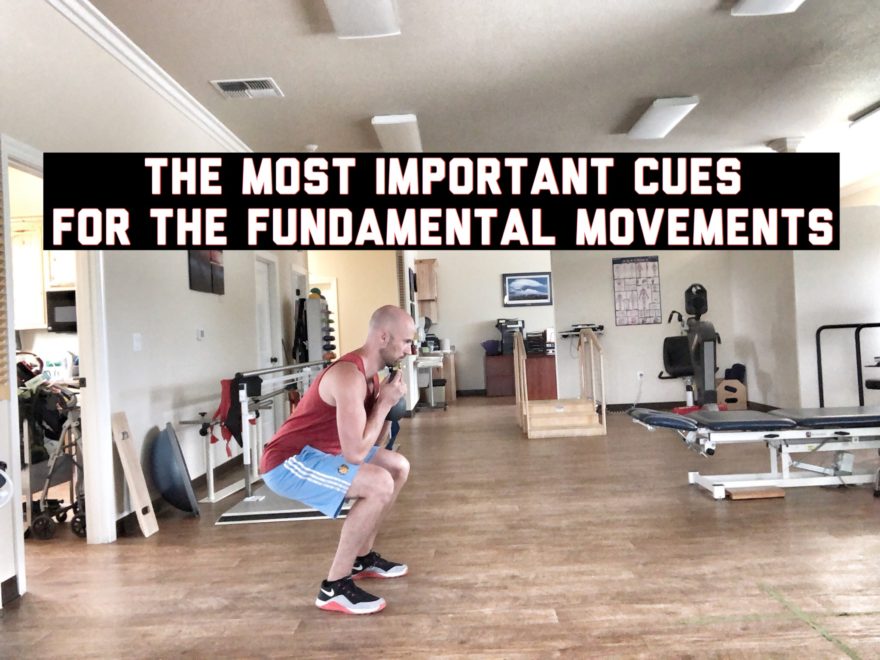
The Most Important Cues for the Fundamental Movements
Finding that one cue that completely changes a client’s movement quality is beyond gratifying. A cue that makes an exercise…
